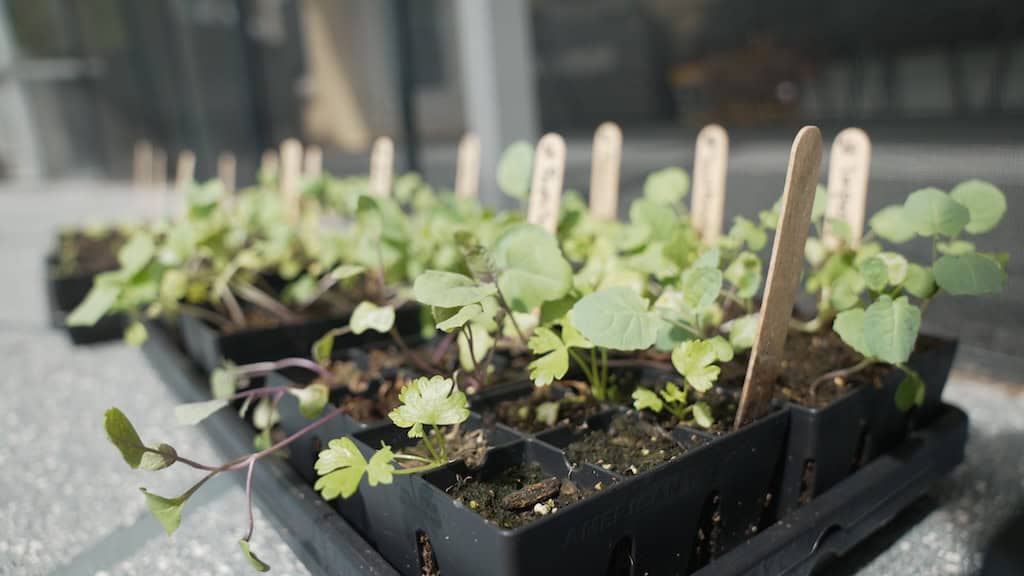Last Updated on January 18, 2024 by Homegrown Florida
Today we’re tackling a task that needs attention right now – pruning my peach tree. Pruning fruit trees is crucial for various reasons, and this time of year, when the tree is bare, is perfect for the job. Join me as I guide you through the process of pruning, focusing on my specially designed Tropical Beauty peach tree, also known as ‘Peachy.’
Chill Hours and Tree Selection:
It’s crucial to choose the right fruit tree for your region. In Florida, we consider chill hours, the hours below a certain temperature, to ensure optimal fruit production. I recommend checking chill hours for your area using online resources to select the best tree for your location.
Peachy’s Journey:
Let me share Peachy’s journey – she’s five years old now, and I made some pruning mistakes early on. Despite that, she has produced amazing peaches. In the first few years, I thinned the fruit to promote growth. Now, Peachy is thriving, but it’s time to address the pruning issues I neglected in the past.
Dealing with the Leader:
Peachy has a central leader, which isn’t ideal for peach trees. Ideally, they should have an open vase structure. I faced a dilemma since the leader was too large to cut without risking harm to the tree. After research, I decided on a ‘modified leader’ approach. We trimmed off side branches and pruned the top to encourage new scaffold branches.
Thinning Cuts for Airflow:
Thinning cuts are essential to remove dead, diseased, or overlapping branches. I focused on enhancing airflow within the tree to prevent fungal issues. Removing branches in the center also aids in better sunlight penetration for fruit ripening.

Selective Topping for Height Control:
Height control is vital for easy harvesting. I demonstrated selective topping to control the tree’s height. By cutting certain branches above outward-facing buds, I encourage new growth in desired directions. This step helps create a balance between height and a manageable canopy.
Pruning a peach tree involves careful consideration and a three-step approach: addressing the leader, making thinning cuts for airflow, and selectively topping for height control. Every tree is unique, so adapt these steps based on your tree’s needs. Stay tuned as we track Peachy’s progress and see how this proper pruning contributes to a healthy harvest. Happy Gardening!



